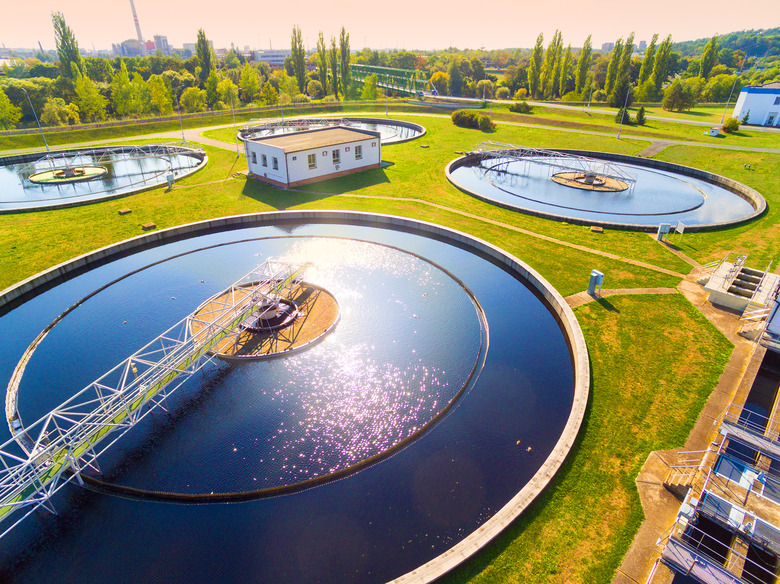How Does Water Get Cleaned?
Water is one of the few resources which is indispensable for life. Therefore it must be used with responsibility. Depending on the source, different contaminants can be found in the water we use. Water from wells can be virtually free of particles. However, water from a surface-water source like a river has to be purified and cleaned in order to be made suitable for consumption and use. In the USA, around 76 billion gallons of water are pumped from the ground for various uses on a daily basis.
The Process
The Process
Groundwater can get polluted in various ways. The most common culprits are leaking underground storage tanks, landfills and hazardous waste sites. Wastewater which is not treated properly at treatment facilities is also another source.
There are two methods of cleaning water, chemically or by natural means. The water for drinking, bathing and washing is treated in a water treatment plant. This water is cleaned through several steps, the first of these being screening. Here the water flows through a pipe with a screen, which acts as a sifter to remove the larger objects in it.
Then there is the flocculation or clarification, where chemicals are added which separate the smaller particles that were not eliminated during the screening process. The third process is filtration, wherein the water passes through fine sand which traps whatever remains of the chemicals used in the second step.
The last and final step is the chlorination. Chlorine is added to the water to protect against any bacteria or other pollutants that may still be in the water. At all stages in this process, samples of the water are taken and tested to assess whether the procedure is effective and the water is getting cleaned in a proper manner.
Natural Cleaning
Natural Cleaning
The natural cleaning of water takes place as it moves from the ground, lakes, oceans and plants and gets transformed into clouds. As water travels through the ground, it gets filtered in a natural way, much like how it is in the filtration process where it is passed through sand. Water also gets naturally purified as it flows through some kinds of ecosystems, especially in the wetlands.
New Technology
New Technology
Dangerous chemicals, bacteria and other pollutants can be removed from water by a new technology known as nanotechnology. Nanotechnology is said to be much more effective and less expensive than the conventional methods of water purification. A team at the Ian Wark Research Institute at the University of South Australia has suggested that nanotechnology could solve the global problem of safe drinking water. Active particles of silica called Surface Engineered Silica (SES) have been tested to show that they could remove pathogens, viruses and biological molecules effectively. This innovative new technology for cleaning water could help avert diseases and provide safe drinking water for millions of people all over the world.
Cite This Article
MLA
Favors, Paul. "How Does Water Get Cleaned?" sciencing.com, https://www.sciencing.com/water-cleaned-5158828/. 22 November 2019.
APA
Favors, Paul. (2019, November 22). How Does Water Get Cleaned?. sciencing.com. Retrieved from https://www.sciencing.com/water-cleaned-5158828/
Chicago
Favors, Paul. How Does Water Get Cleaned? last modified March 24, 2022. https://www.sciencing.com/water-cleaned-5158828/
